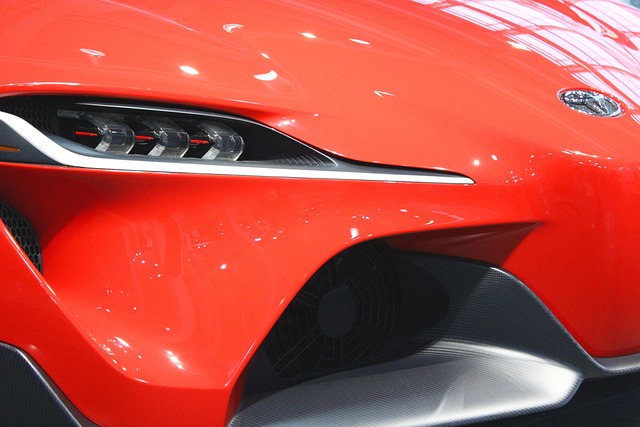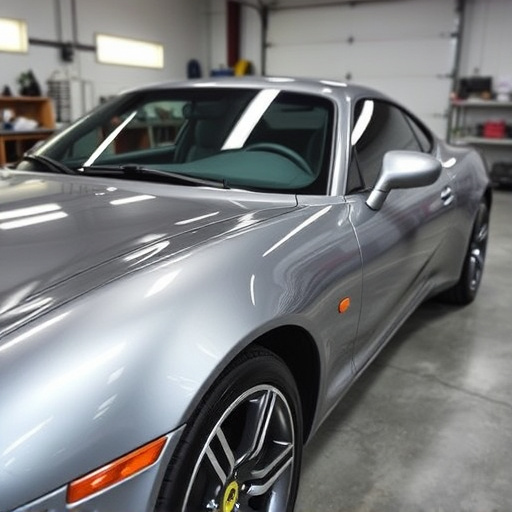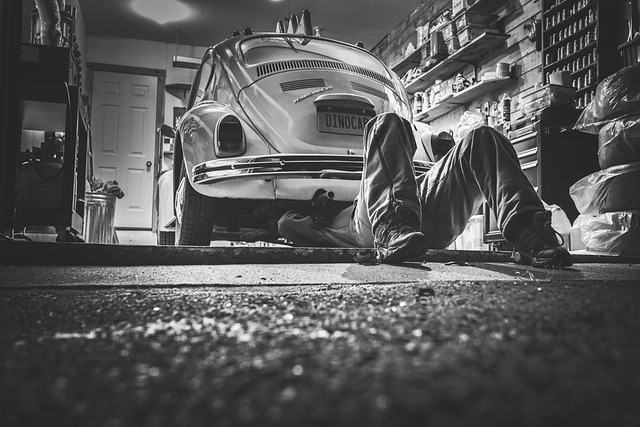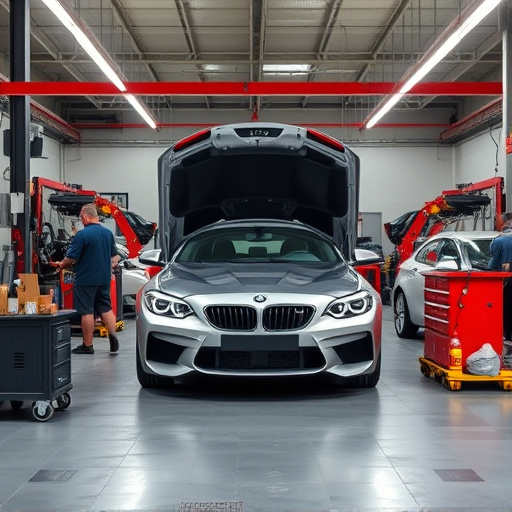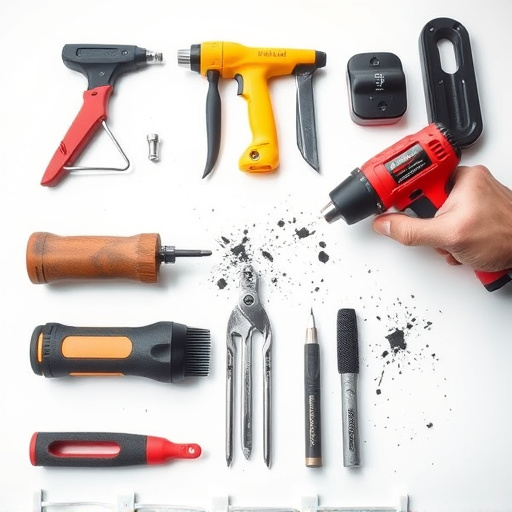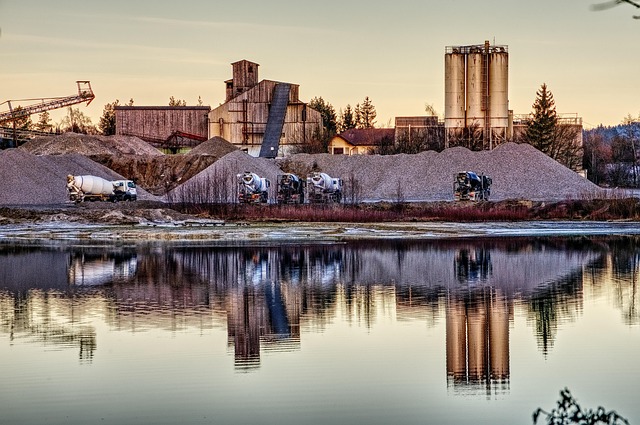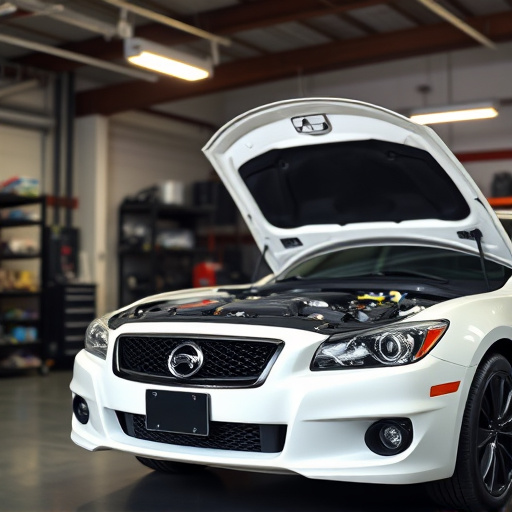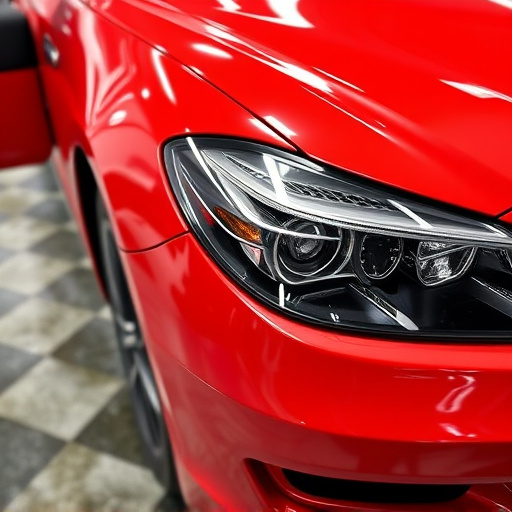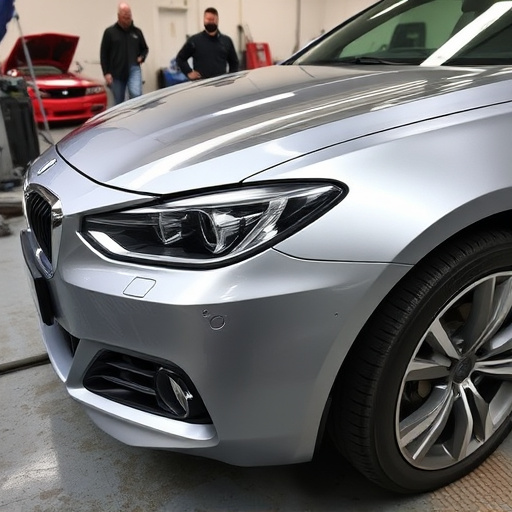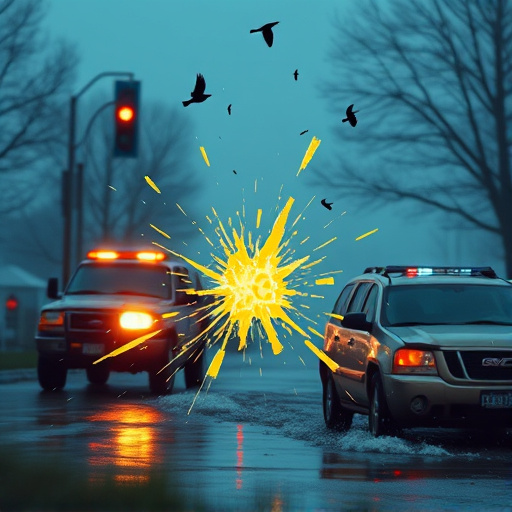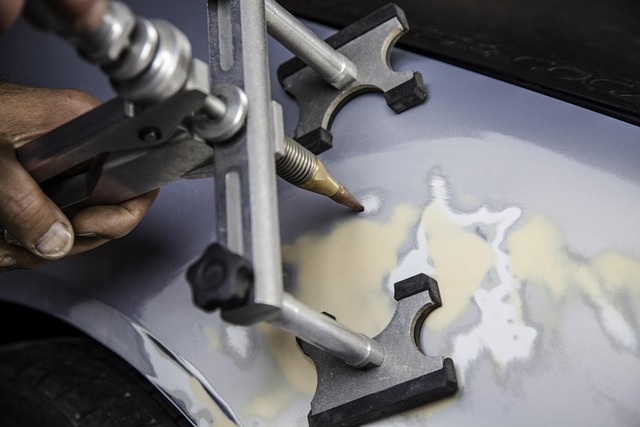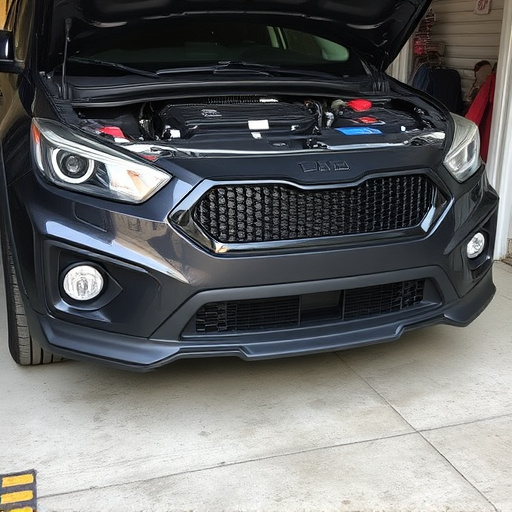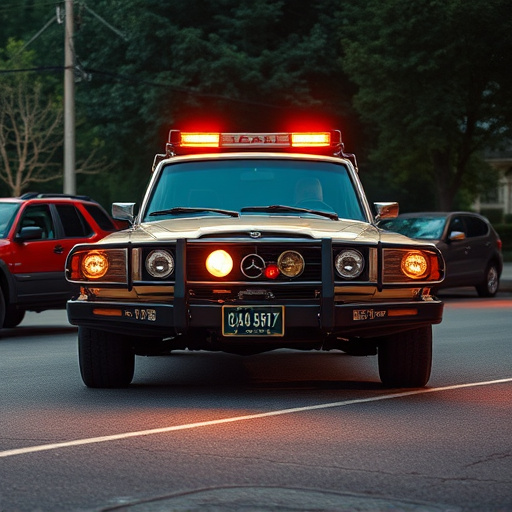Professional PDR (Paintless Dent Repair) is a specialized automotive service using advanced tools to fix dents and scratches without damaging paint. Experts meticulously assess, select techniques, and apply precise pressure for flawless finishes, preserving vehicle aesthetics and resale value. High-quality materials and consistent workflows ensure top-tier results, meeting expectations for factory-like finishes.
In the realm of automotive aesthetics, Professional PDR (Paint Damage Repair) stands as a game-changer. This innovative technique promises to restore vehicles to their original gloss without compromising finish quality. Delve into this comprehensive guide to uncover the secrets of expert PDR techniques for paint preservation. Learn how to avoid common pitfalls and master best practices to achieve top-tier restoration results, ensuring your vehicles boast a vibrant, flawless finish.
- Understanding Professional PDR Techniques for Paint Preservation
- Avoiding Common Pitfalls: Ensuring Consistent Finish Quality
- Best Practices for Achieving Top-Tier Paint Restoration Results
Understanding Professional PDR Techniques for Paint Preservation
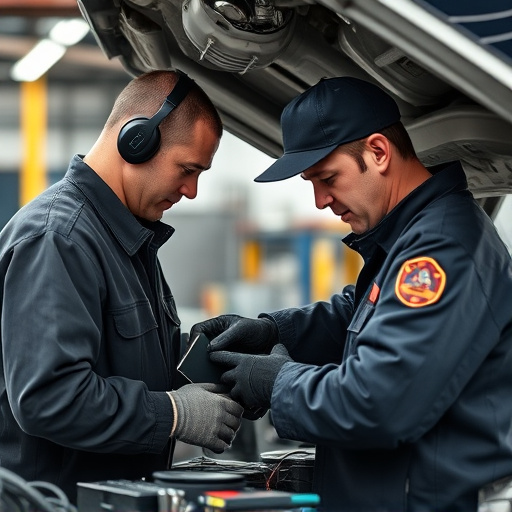
Professional PDR (Paintless Dent Repair) is a specialized technique that has revolutionized vehicle bodywork and scratch repair. It’s not just about removing dents; it’s an art that focuses on preserving the original paint finish, ensuring your vehicle retains its sleek and vibrant appearance. This method leverages advanced tools and techniques to massage and manipulate the dented area back to its original shape without ever touching the paint surface.
The key to successful professional PDR lies in understanding the nuances of various techniques. It involves carefully assessing the damage, choosing the right tools for the specific dent, and applying precise pressure to release the tension created by the impact. This meticulous process requires skill and experience to avoid damaging the paint, maintaining the vehicle’s overall aesthetics and resale value. By employing these professional PDR methods, automotive repair services can offer efficient scratch repair while safeguarding the investment that is a customer’s vehicle bodywork.
Avoiding Common Pitfalls: Ensuring Consistent Finish Quality
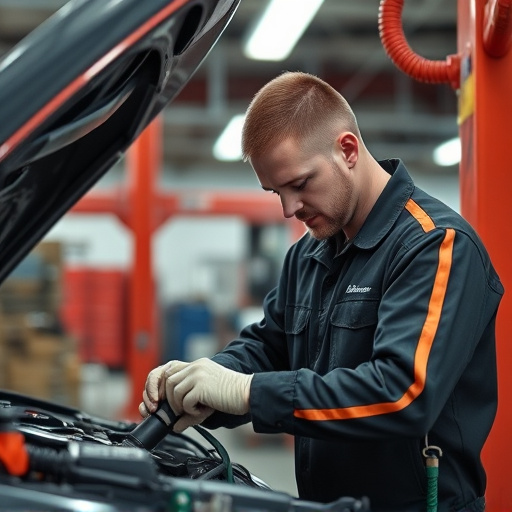
Professional PDR experts understand that achieving a flawless finish is non-negotiable when it comes to vehicle aesthetics. To ensure consistent quality, several common pitfalls must be avoided. One of the primary challenges lies in the uniformity of the repair process. Every car dent removal or bumper repair requires precise attention to detail, adhering strictly to the manufacturer’s standards. Skimping on preparation steps, such as thorough cleaning and surface priming, can lead to inconsistent paint application and eventual flaking or imperfections.
Moreover, using subpar tools or techniques can compromise the final finish. In collision damage repair, a professional PDR technician chooses equipment that aligns with their skill level and the complexity of the damage. Inexperienced hands on inferior tools may result in visible ripples, unevenness, or even paint chipping. Maintaining a consistent workflow and utilizing high-quality materials are key to avoiding these pitfalls, ensuring that each repair job meets, if not exceeds, expectations for a seamless, factory-like finish.
Best Practices for Achieving Top-Tier Paint Restoration Results
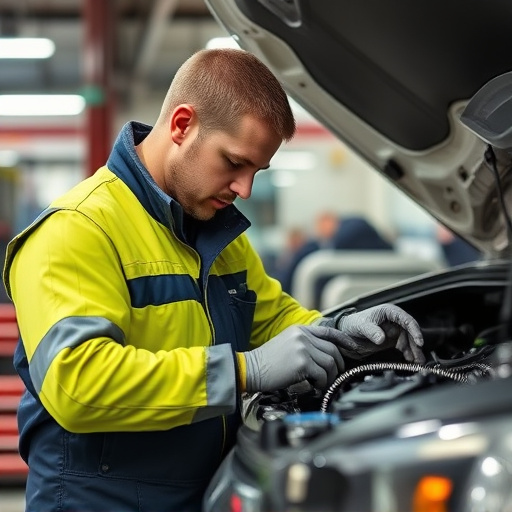
Professional PDR (Paint Damage Repair) is a meticulous art that demands precision and expertise to achieve top-tier results without compromising the paint finish. The key lies in adhering to best practices that ensure minimal disruption to the existing paint surface while restoring it to its original condition.
For any vehicle body shop or collision repair facility, the first step is thorough inspection. Using high-quality lighting and magnification tools, technicians should meticulously examine the damaged area, identifying the extent of the dent, its depth, and the surrounding paint integrity. This enables them to select the appropriate PDR techniques—from hand tools to machine-assisted methods—to ensure optimal outcomes for every unique challenge presented by automotive body work.
Professional PDR (Paint Damage Repair) techniques offer a powerful solution for maintaining paint finish quality without compromising aesthetics. By understanding the nuances of these methods, avoiding common pitfalls, and adhering to best practices, professionals can ensure exceptional restoration results. This approach not only preserves the vehicle’s original appearance but also enhances its overall value, making professional PDR an indispensable tool in the automotive care industry.
